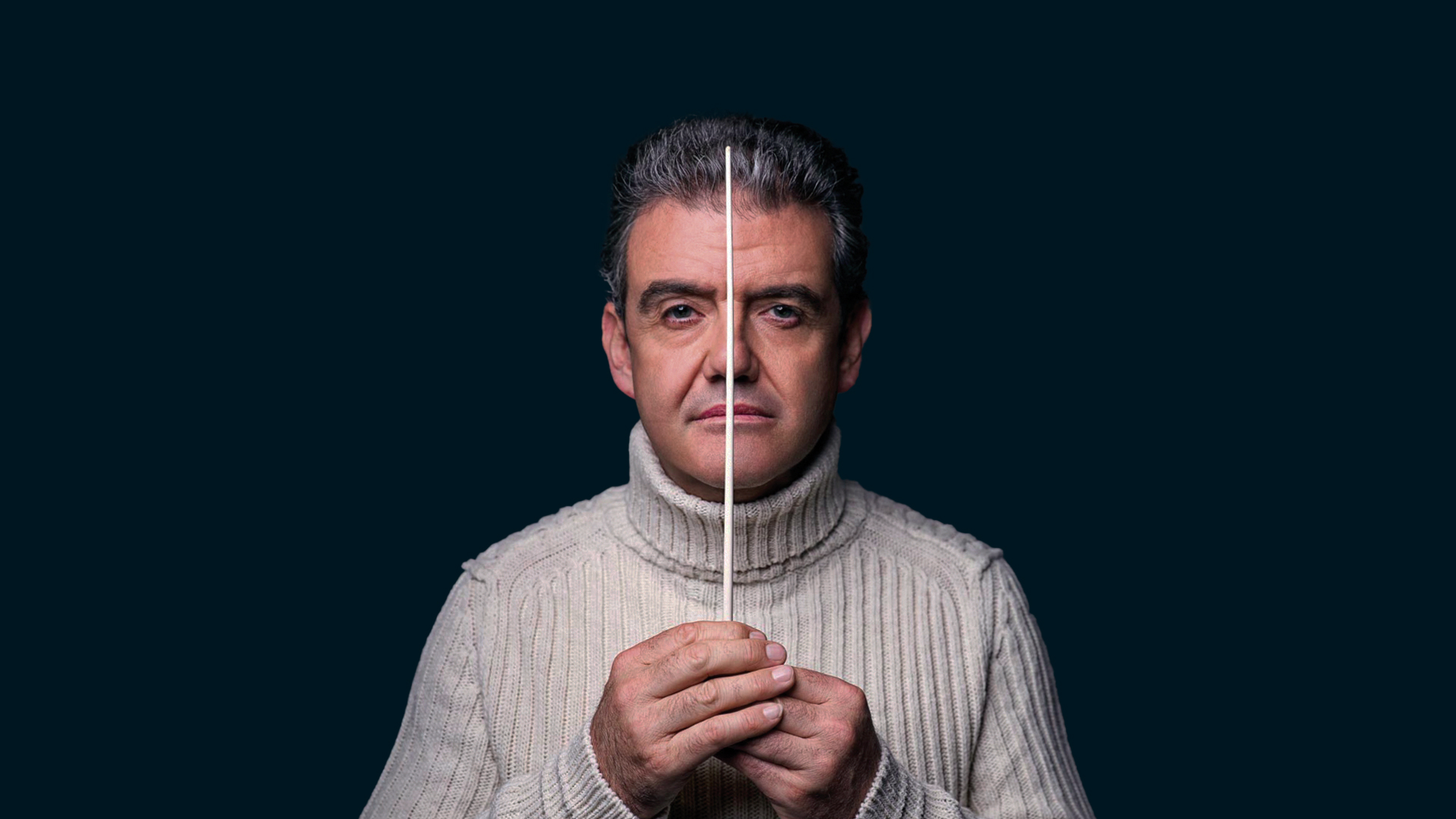EDVARD GRIEG
Two elegiac melodies op. 34
ERMANNO WOLF–FERRARI
Serenade
……
ANTONÍN DVOŘÁK
Serenade op. 22 B. 52
Conductor
Renato Palumbo
Opera Carlo Felice Genova Orchestra
Serenate per archi is a concert dedicated to the fascinating world of string orchestra music. Through the three pieces on the program, by Grieg, Wolf-Ferrari and Dvorak, the most striking features of the late Romantic sound universe are outlined.
Edvard Grieg composed the Two elegiac melodies in 1880. The composer used to write pieces for solo piano and Lieder, to these two forms he devoted the very large part of his catalog, developing a language characterized by simple but incisive melodies that constitute fleeting and immediate suggestions. There are few orchestral pages, and they generally arise on the basis of previously composed Lieder. Such is the case with Il cuore ferito and Primavera, which began as Lieder and were later adapted for string orchestra, with a dedication to his wife. In both pieces, brought together under the title Two elegiac melodies, we see partly the influence of German Romanticism-Grieg had studied in Leipzig and traveled extensively in Europe-in part the original nature of the composition. The melodic line remains mostly entrusted to one element, in Cuore ferito to the cello, in Primavera to the first violins, while the other instruments have an accompanying role. This chamber nature, which remains clearly discernible, allows the elements of simplicity and directness typical of Grieg’s music to emerge even with the new ensemble.
Ermanno Wolf-Ferrari’s Serenata per archi dates back to 1892, when the composer was still a student at the Munich Conservatory of Music. The composer’s output focused more on musical theater; it was only at the beginning and end of his career that he also turned to symphonic music-except for overtures and some intermezzos-and the Serenade was his first major composition for orchestra. The piece is quite versatile; in fact, it can be performed with a smaller ensemble, up to a quintet, without losing its qualities. Wolf-Ferrari formally takes up the classical model, which will remain a firm reference even in the symphonic compositions of his maturity, with a light and relaxed character, between more lively moments in the initial Allegro and the final Presto, and gentler passages in the Andante.
The Serenade Op. 22 dates from 1875, a particularly prosperous period for Antonín Dvořák. His music, in which evocations of Czech folk music, which the composer had assimilated deeply in childhood and adolescence, are always prominent, was finally appreciated by great exponents of the European musical world, one among them Brahms, and he could devote himself to composition with more means. In the Serenade they convert the particular flair for strings, to which Dvořák, formerly a violinist, dedicated some of his most inspired pages, and some of the rhythms and melodies of folklore so dear to him. The richness and effectiveness of the musical ideas emerge from the very first movement, Moderato, which unfolds in a web of imitations between the parts. The second movement, in waltz time, begins with an Allegro con moto with an overwhelming rhythm and unmistakable theme, followed by the Trio, in which an even greater tension and nostalgic vein is added, and then resumes the initial theme. The Scherzo has its own structure divided into three parts; it is followed by the Larghetto, the moment of greatest lyricism and expressive charge. The final Allegro returns to tones of impetuous liveliness, with a pressing rhythm from beginning to end.

